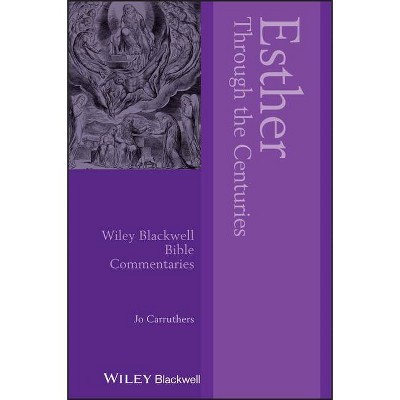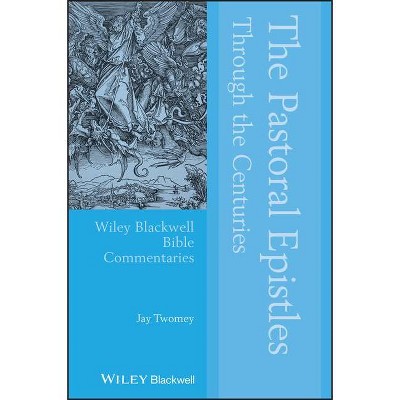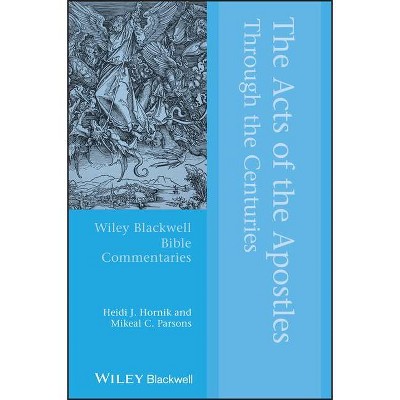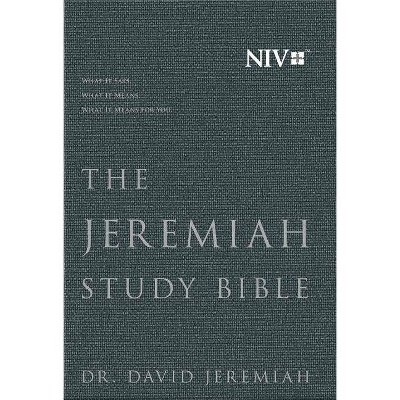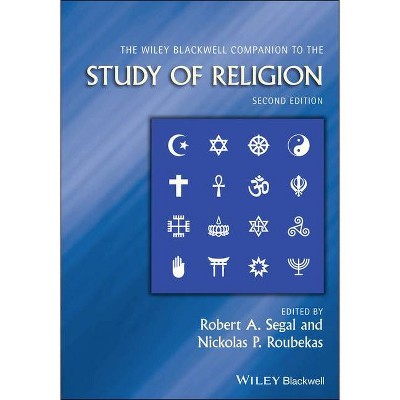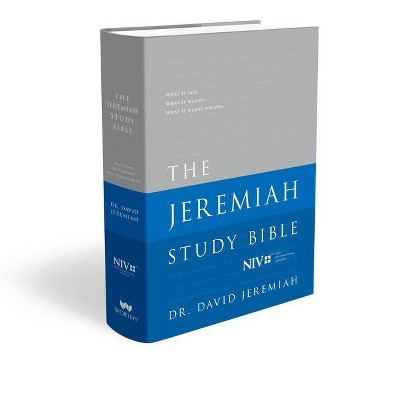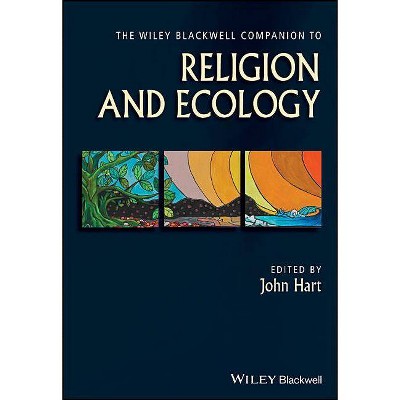Jeremiah Through the Centuries - (Wiley Blackwell Bible Commentaries) by Mary Chilton Callaway (Hardcover)
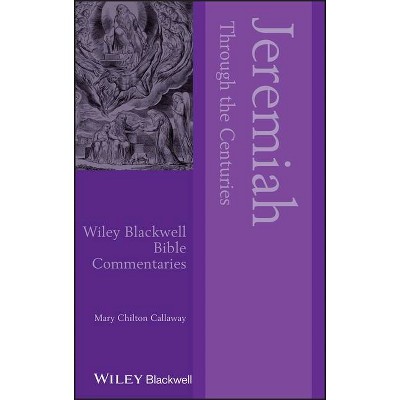
Similar Products
Products of same category from the store
AllProduct info
<p/><br></br><p><b> About the Book </b></p></br></br>"Readers from the beginning wrestled with the complex relation between divine speech and its human record. Septuagint begins "The word of God that came to Jeremiah..." but the Hebrew reads "The words of Jeremiah son of Hilkiah...which was the word of the LORD to him." Dead Sea scrolls of Jeremiah offer evidence that multiple versions co-existed, some supporting what became the Masoretic text and others the Septuagint. The Septuagint, though later than our Hebrew text, translates an earlier Hebrew version no longer extant. Why does this matter? For redactors of Jeremiah in the exile the uncontrolled nature of prophecy was a problem"--<p/><br></br><p><b> Book Synopsis </b></p></br></br><p><b>Explores the interpretive history of the Book of Jeremiah, and highlights the various ways it has influenced the cultures in which it was read</b> </p> <p><i>Jeremiah Through the Centuries</i> explores the reception history of the sixth century B.C.E. prophet, providing original commentary on the texts and traditions that continue to deeply impact readers by exemplifying the spiritual struggle of the faithful<i>. </i>Focusing on the Book of Jeremiah, the text presents an original theory about the effects of Jeremiah on the developing idea of the self in Western history and culture, particularly over the last 400 years, in a wide range of liturgical, political, artistic, literary, and cultural contexts.</p> <p>The book guides readers through various interpretations of Jeremiah's poetry and prose, discussing the profound influence that Jeremiah and Western culturehave had on each other through the centuries. Significant texts from every chapter of Jeremiah are presented in a chronological narrative as both conversation and debate--enabling readers to encounter the prophet in the text of the Bible, in previous interpretations, and in the context of their own lives. Throughout the text, the receptions reflect historical contexts and highlight the ways they shaped specific receptions of Jeremiah<i>. </i>This book: </p> <ul> <li>Illustrates how the Book of Jeremiah was adapted by readers to face new challenges, both in the past and present</li> <li>Includes examples of Jeremiah in social satire, Islamic tradition, political debate, and religious controversy</li> <li>Provides a detailed introduction that traces Jeremiah's influence on events and traditions</li> <li>Offers insights into both celebrated texts and lesser-known passages that are relevant to contemporary readers</li> <li>Features numerous, previously unpublished, illustrations, demonstrating the influence of Jeremiah on traditions in Western art</li> </ul> <p>Featuring engaging narrative and expert commentary, <i>Jeremiah Through the Centuries</i> is ideal for students, teachers, and general readers with interest in theology and biblical studies, Judaic studies, ancient literature, cultural criticism, reception history of the Bible, and the history of Western civilization.</p><p/><br></br><p><b> From the Back Cover </b></p></br></br><p><b>Explores the interpretive history of the Book of Jeremiah, and highlights its influence on various cultures through the centuries</b> <p><i>Jeremiah Through the Centuries</i> explores the reception history of this enigmatic prophet and his words. The book offers an introduction telling the story of the surprising ways in which both voice and persona of this elusive prophet were used in critical historical moments, as well as a complete chapter-by-chapter commentary that presents the significant historical effects of selected texts. The spiritual struggles of the faithful and critiques of philosophers and scientists are often presented in their own voices. The book offers original ideas about the effects of the "slipping figure of Jeremiah" on the developing idea of the self, shown in a wide range of liturgical, political, artistic, literary, and cultural contexts. <p>The book guides readers through various interpretations of Jeremiah's poetry and prose, discussing the profound influence that Jeremiah and Western culture<i></i> have had on each other through the centuries. Significant texts from every chapter of Jeremiah are presented in a chronological narrative as both conversation and debate - enabling readers to encounter the prophet in the text of the Bible and in previous exegeses. Throughout the text, the receptions reflect historical contexts and highlight the ways they shaped specific receptions of Jeremiah<i>.</i> This book: <ul> <li>Illustrates how the Book of Jeremiah was adapted by readers to face new challenges, both in the past and present</li> <li>Includes examples of Jeremiah in social satire, Islamic tradition, political debate, and religious controversy</li> <li>Provides a detailed introduction that traces Jeremiah's influence on events and traditions</li> <li>Offers insights into both celebrated texts and lesser-known passages that are relevant to contemporary readers</li> <li>Features numerous, previously unpublished illustrations demonstrating the influence of Jeremiah on traditions in Western art</li> </ul> <p>Featuring engaging narrative and expert commentary, <i>Jeremiah Through the Centuries</i> is ideal for students, teachers, and general readers with interest in theology and biblical studies, Judaic studies, ancient literature, cultural criticism, reception history of the Bible, and the history of Western civilization.<p/><br></br><p><b> About the Author </b></p></br></br><p><b>Mary Chilton Callaway</b> is Associate Professor and Department Chair in the Theology Department at Fordham University, New York. She is the author of several published essays on the reception of Jeremiah, particularly in relation to developing ideas of the self in early modern Europe.
Price History
Price Archive shows prices from various stores, lets you see history and find the cheapest. There is no actual sale on the website. For all support, inquiry and suggestion messagescommunication@pricearchive.us
